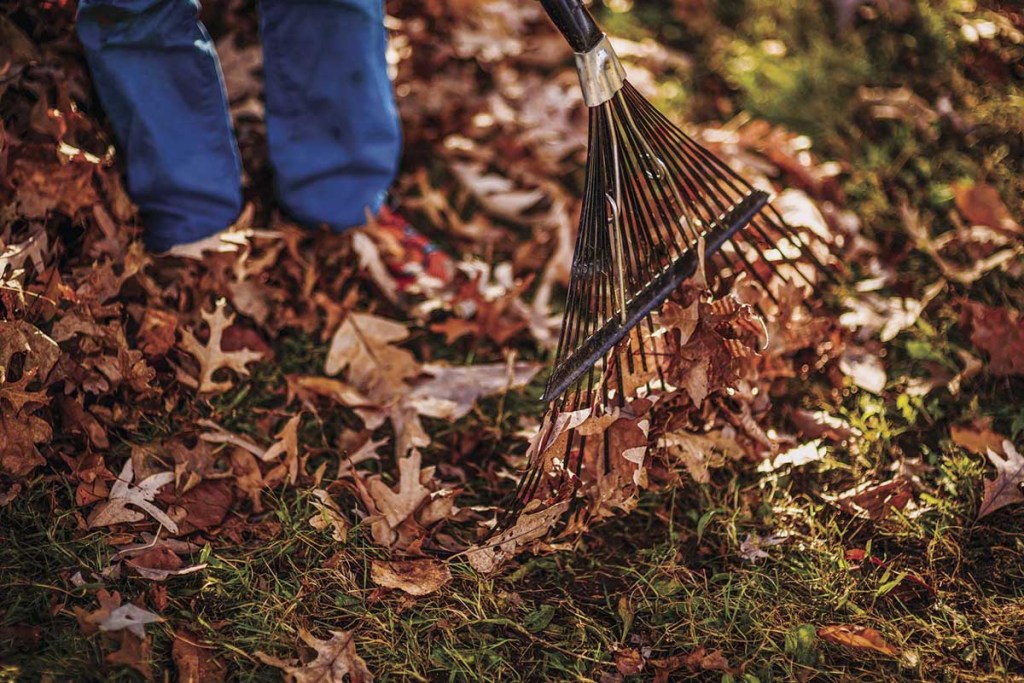Utilizing those fall leaves in your landscape and garden
Published 10:35 am Friday, October 4, 2019

- Fall leaves
Fall is finally upon us, even if the temperatures seem to disagree. Thankfully, the mornings are a little cooler and I have definitely been taking advantage of those! As I spend more time outdoors, I have noticed that the leaves are beginning to fall. How can I put these leaves to use in my landscape or garden?
Have you thought about starting a compost bin? Composting is fast becoming a growing trend for homeowners. Alabama produces around 2.6 million tons of solid waste every year. Roughly 20 percent of that amount is made up of lawn and garden wastes – grass clippings, leaves, tree and/or shrub prunings, home garden refuse, and kitchen wastes. The massive amount of solid waste produced in our state is creating disposal problems in landfills, and as a result, many disposal facilities have been forced to close. While composting is not the only answer to this problem, it is an important step in the right direction.
Trending
Composting is simply the acceleration of the natural process of decomposition. A process that could take years to occur in nature is compressed into a period of months, and in some cases, even weeks in the yard or garden. The key to successful composting is maintaining the proper balance of all components involved.
Water – 40 to 60 percent is the ideal moisture content range of the compost pile. When squeezed, the compost should be moist, but not dripping wet. Too much moisture results in a slowing of the decomposition process.
Carbon and Nitrogen – the ratio of carbon (plant residues) to nitrogen (manures, kitchen scraps, fertilizers) is very important. The optimum ratio of carbon to nitrogen is about 30:1. Too little nitrogen results in reduced microorganism numbers, causing a slowdown in the decomposition process. Too much nitrogen rapidly increases microorganism growth, therefore speeding up decomposition, but can result in oxygen depletion and foul odors.
Temperature – as decomposition occurs, heat is generated. In moderation, heat is beneficial because it destroys many disease organisms and weed seed. However, temperatures above 140°F create an unsuitable environment for the microorganisms, and they begin to die. Overheating can be prevented by turning the pile when temperatures begin to exceed recommended levels.
Beginning your compost pile is not difficult – it simply requires following a few fairly easy, but very important steps. A successful compost pile is constructed of alternating layers of yard wastes, a source of nitrogen (if required), and soil or finished compost, which provides an inoculation of beneficial microorganisms.
You should start with a 6-inch base layer, consisting of coarse material, such as twigs or small branches. Then add a 6 to 8-inch layer of leaves or grass clippings. One note – other materials, such as wood chips, can be used in the place of leaves or grass clippings, but require the addition of fertilizer or manure to maintain the proper carbon to nitrogen ratio. The final layer should consist of 1 to 2 inches of soil or finished compost. Continue this layering pattern, omitting the base of coarse material, until the desired size is reached. To achieve the proper internal temperature, a compost pile should be 3 to 4 feet tall. The width of the pile can vary, but should be a size that can be easily managed, generally 3 to 4 feet.
While my comments are just a basic overview of the composting process, I hope that I have made things a little less confusing and a lot less intimidating. For more detailed information and answers to commonly asked composting questions, please visit www.aces.edu.
For more information about this topic or other horticulture-related topics, contact Regional Extension Agent, Bethany O’Rear, by calling the St. Clair County Extension Office at 205-338-9416 or her directly at 205-612-9524.
Happy gardening!


